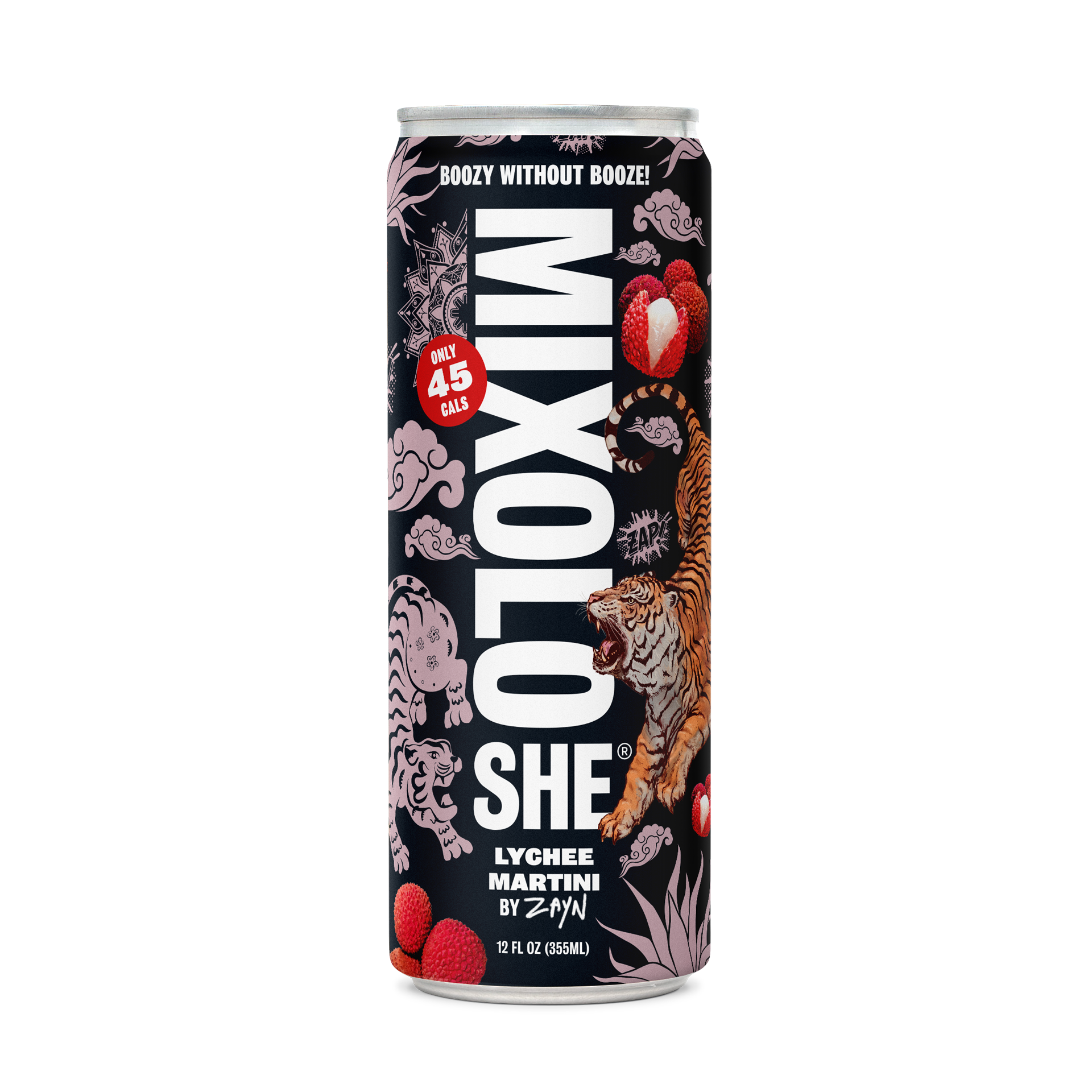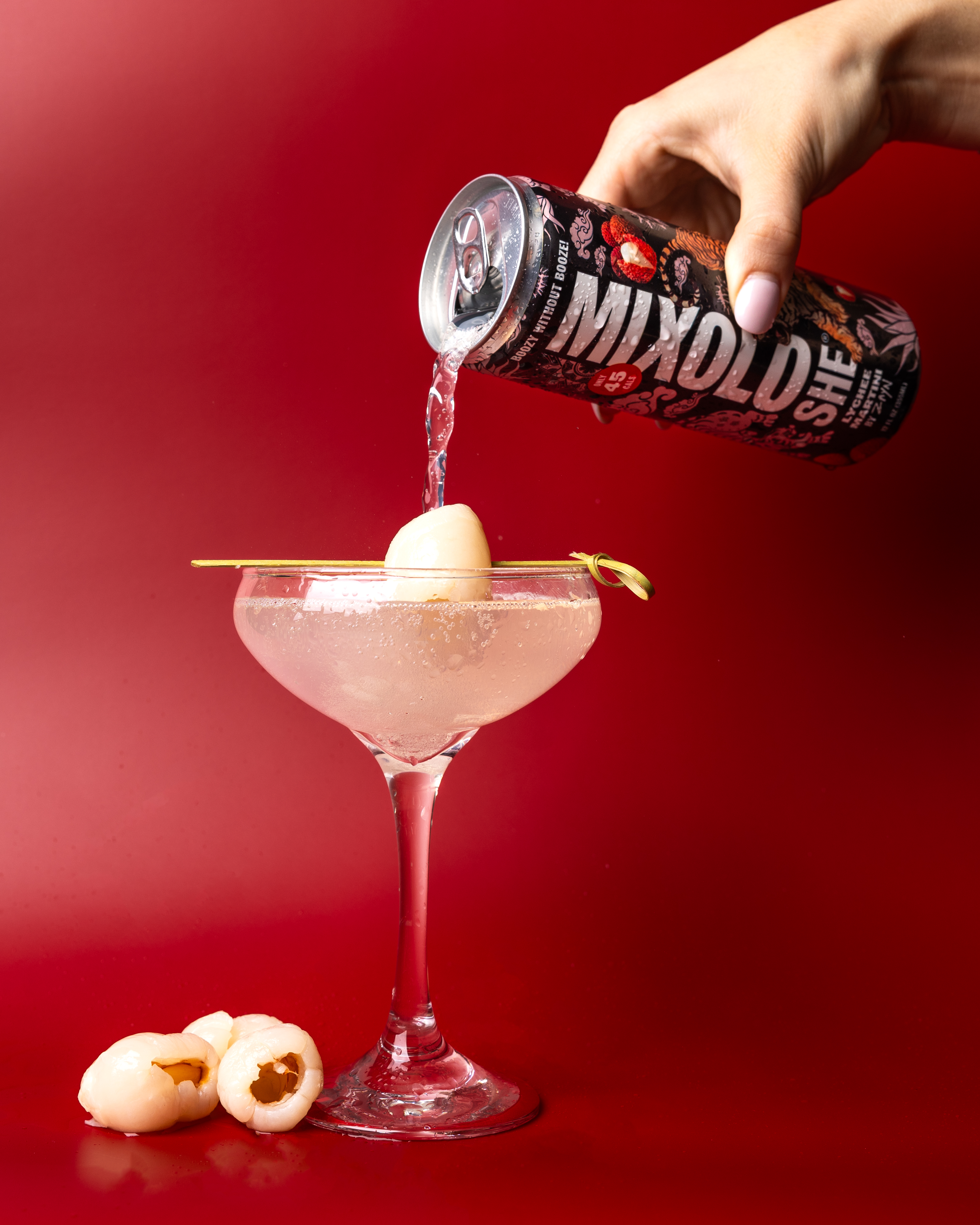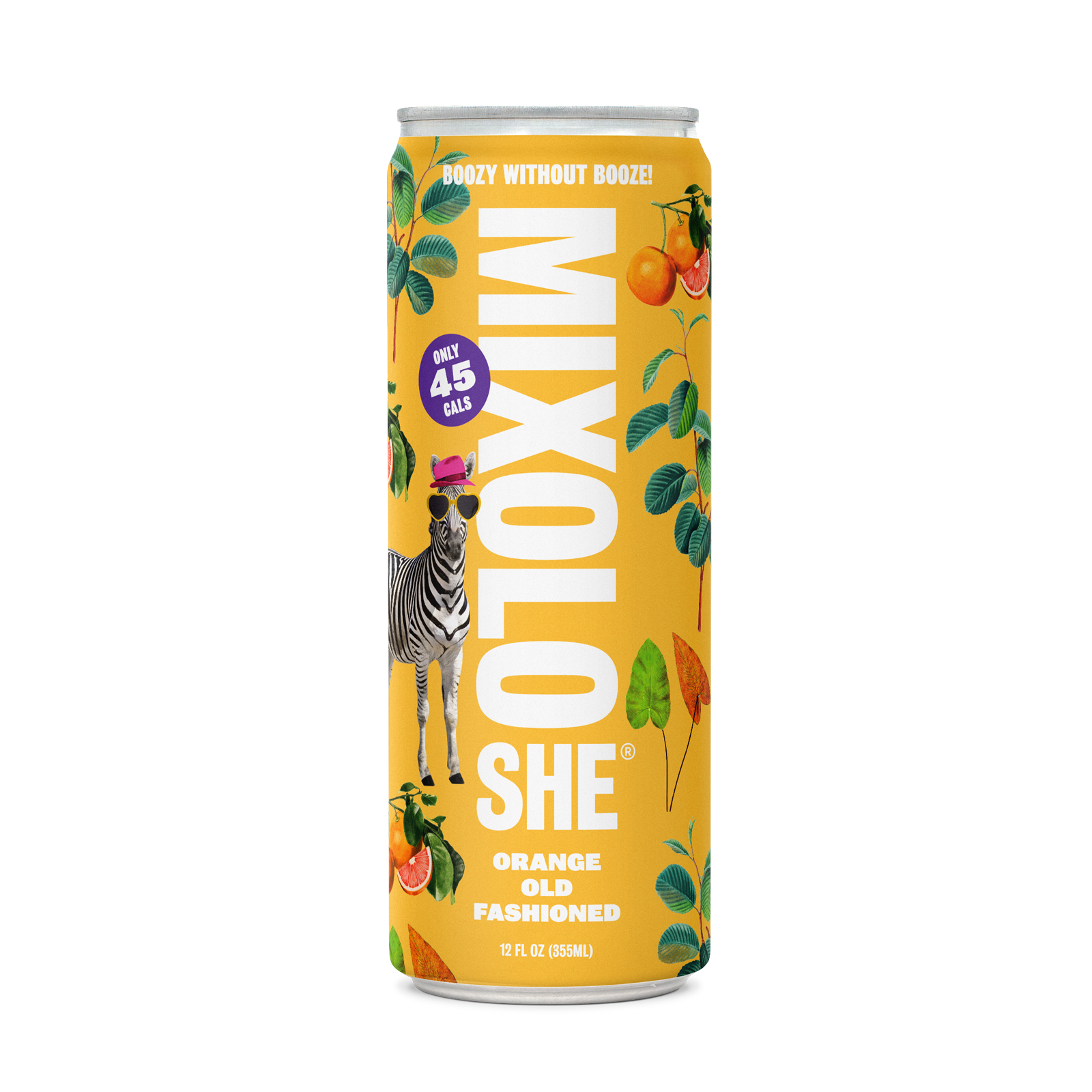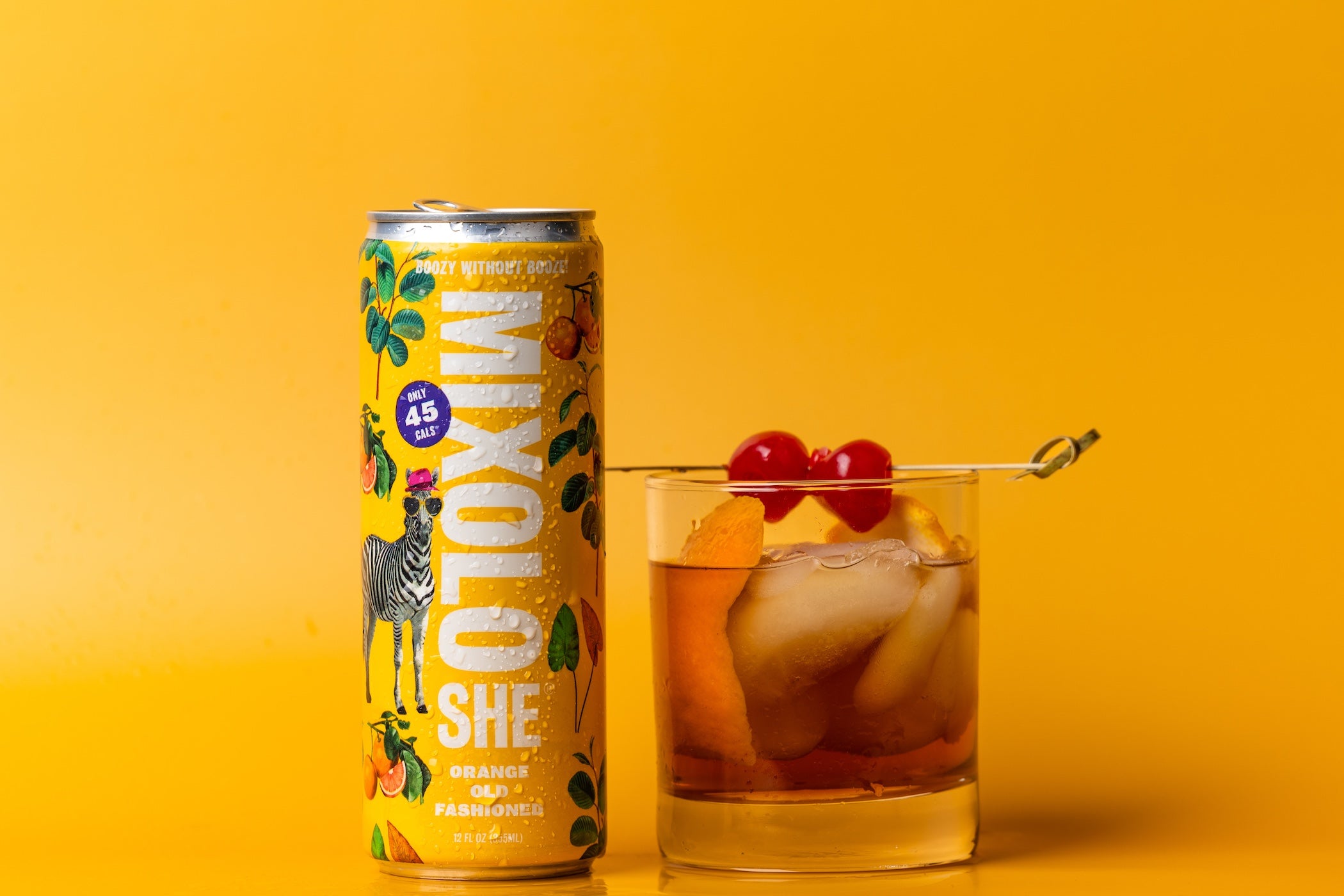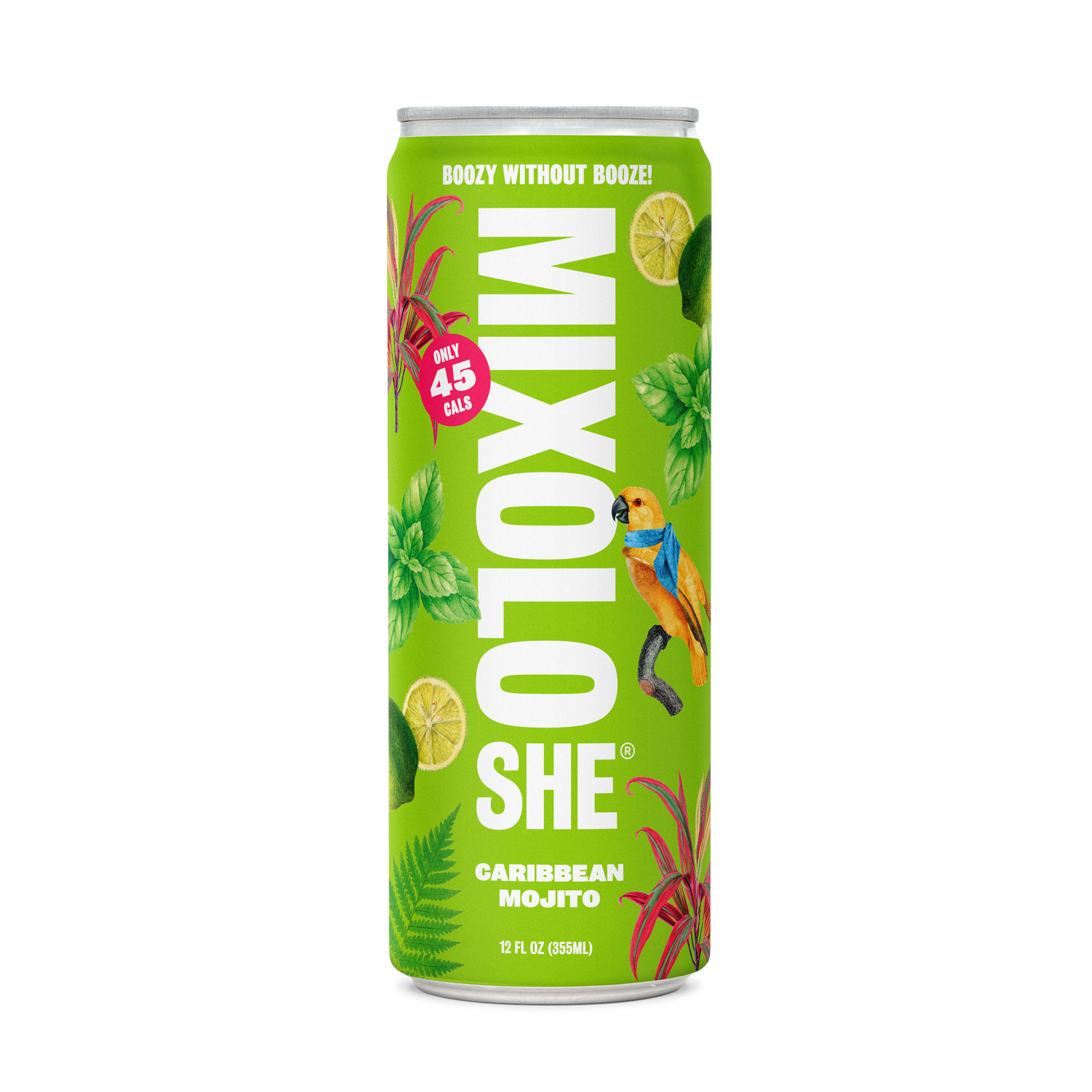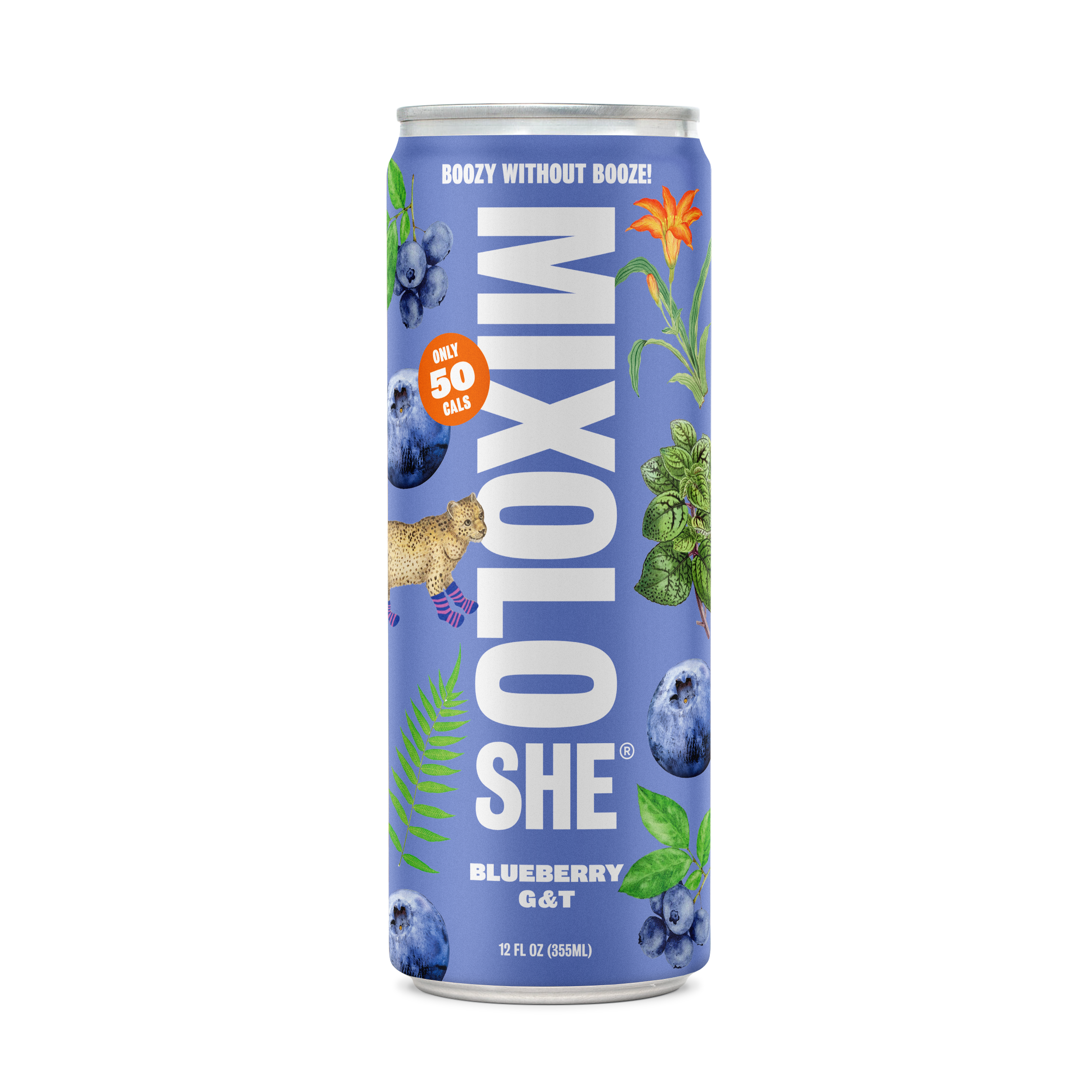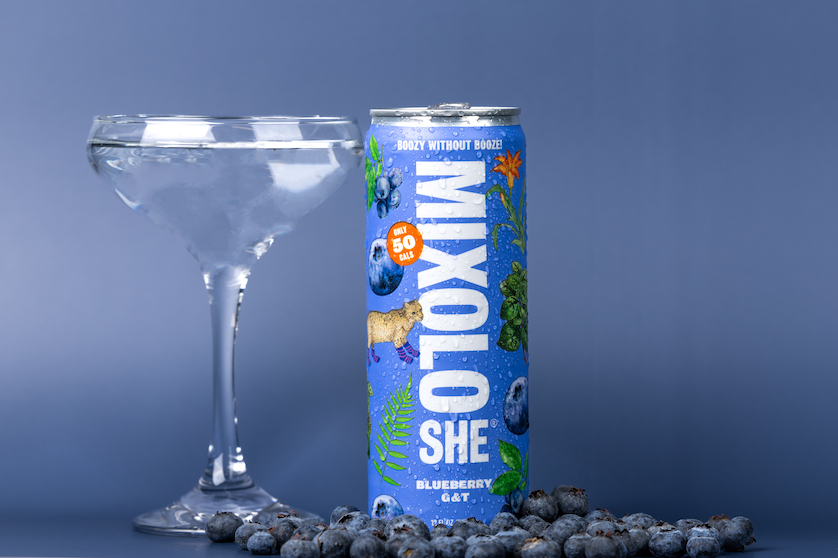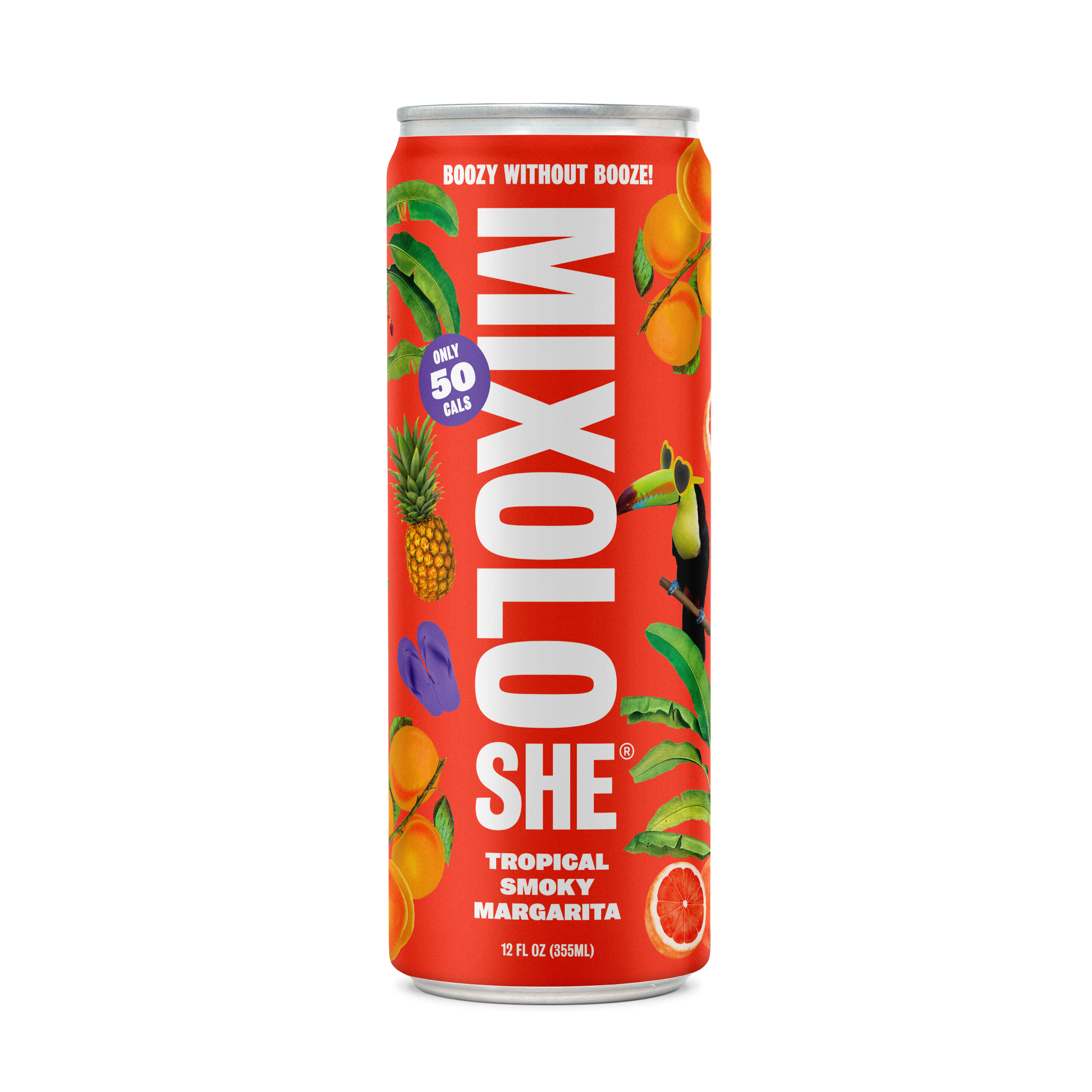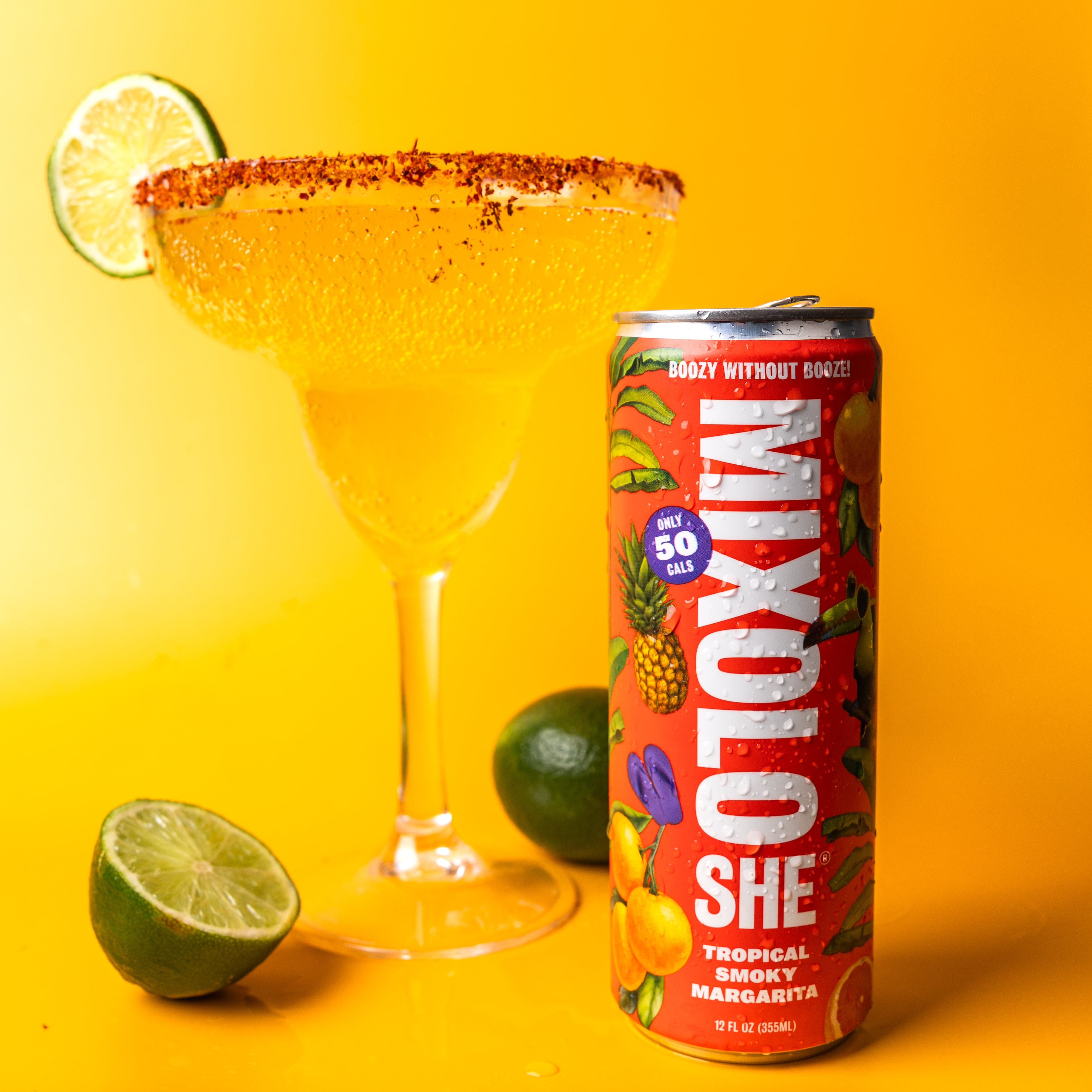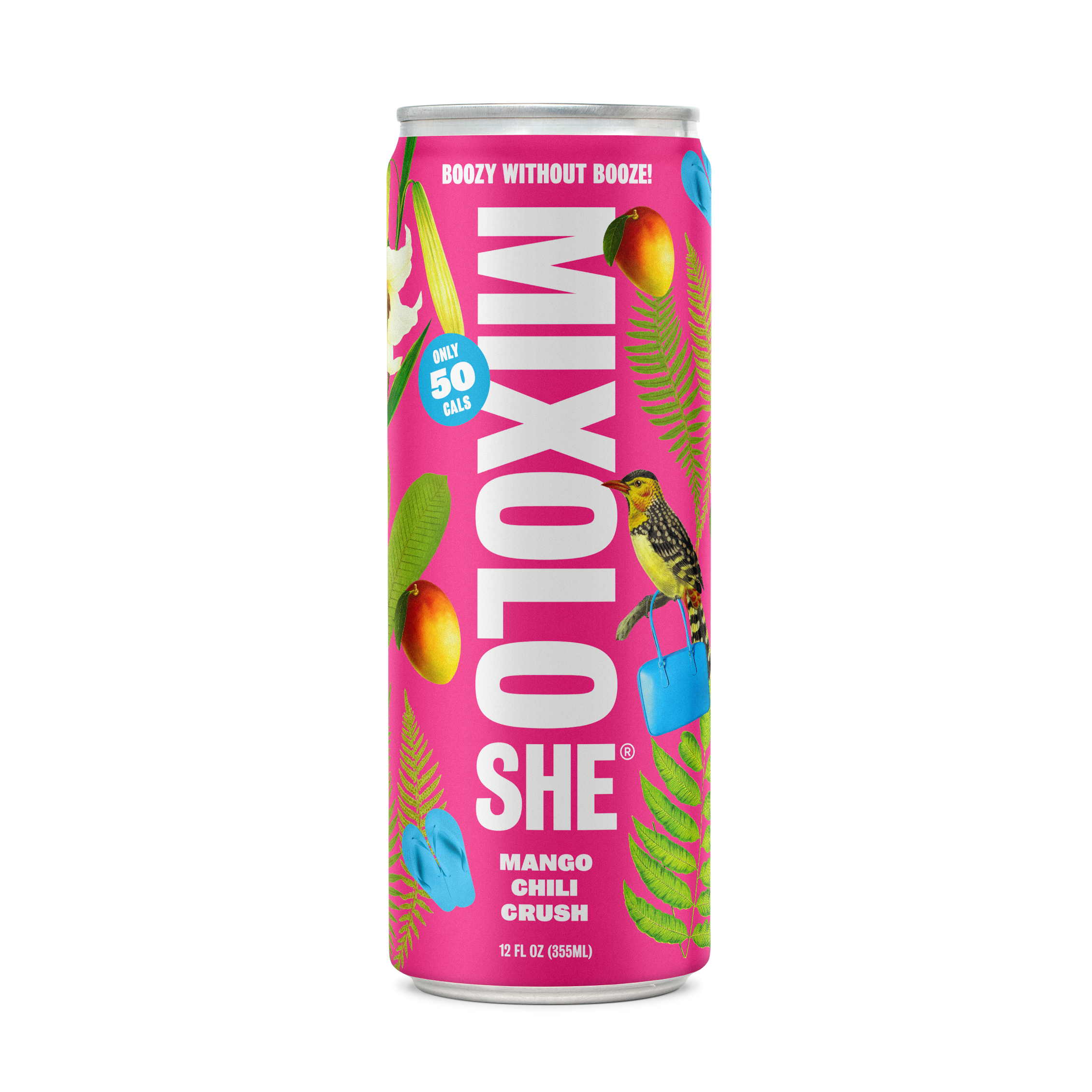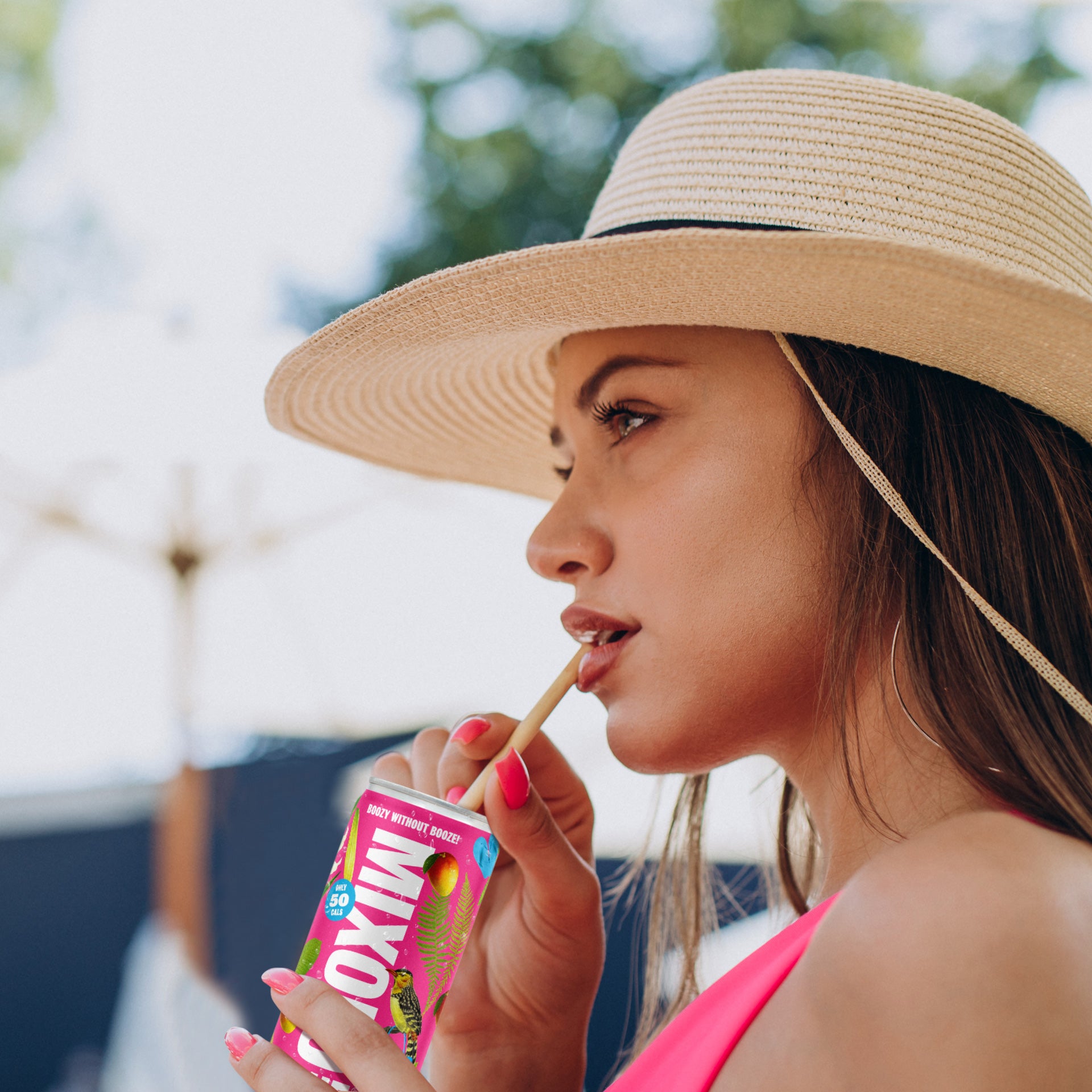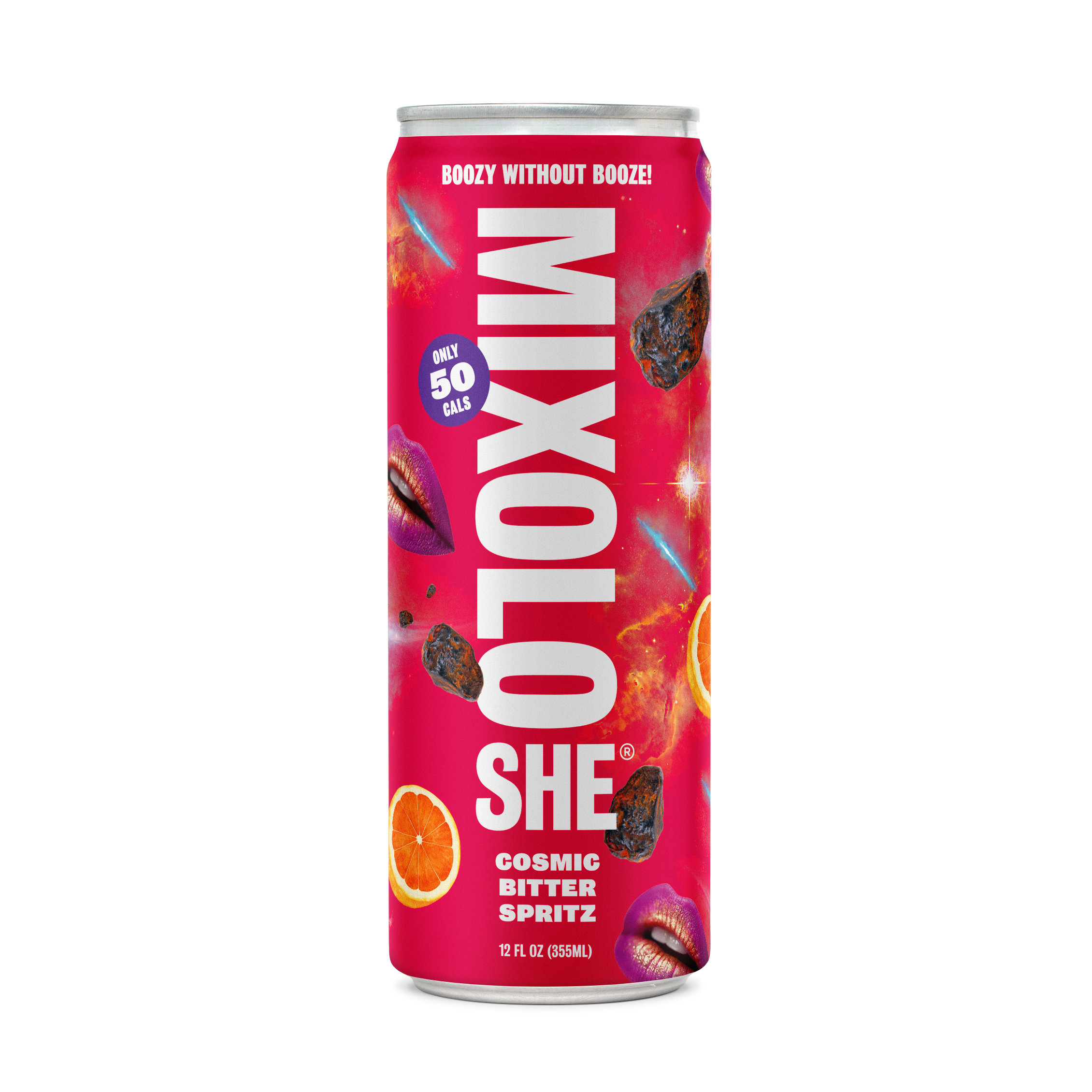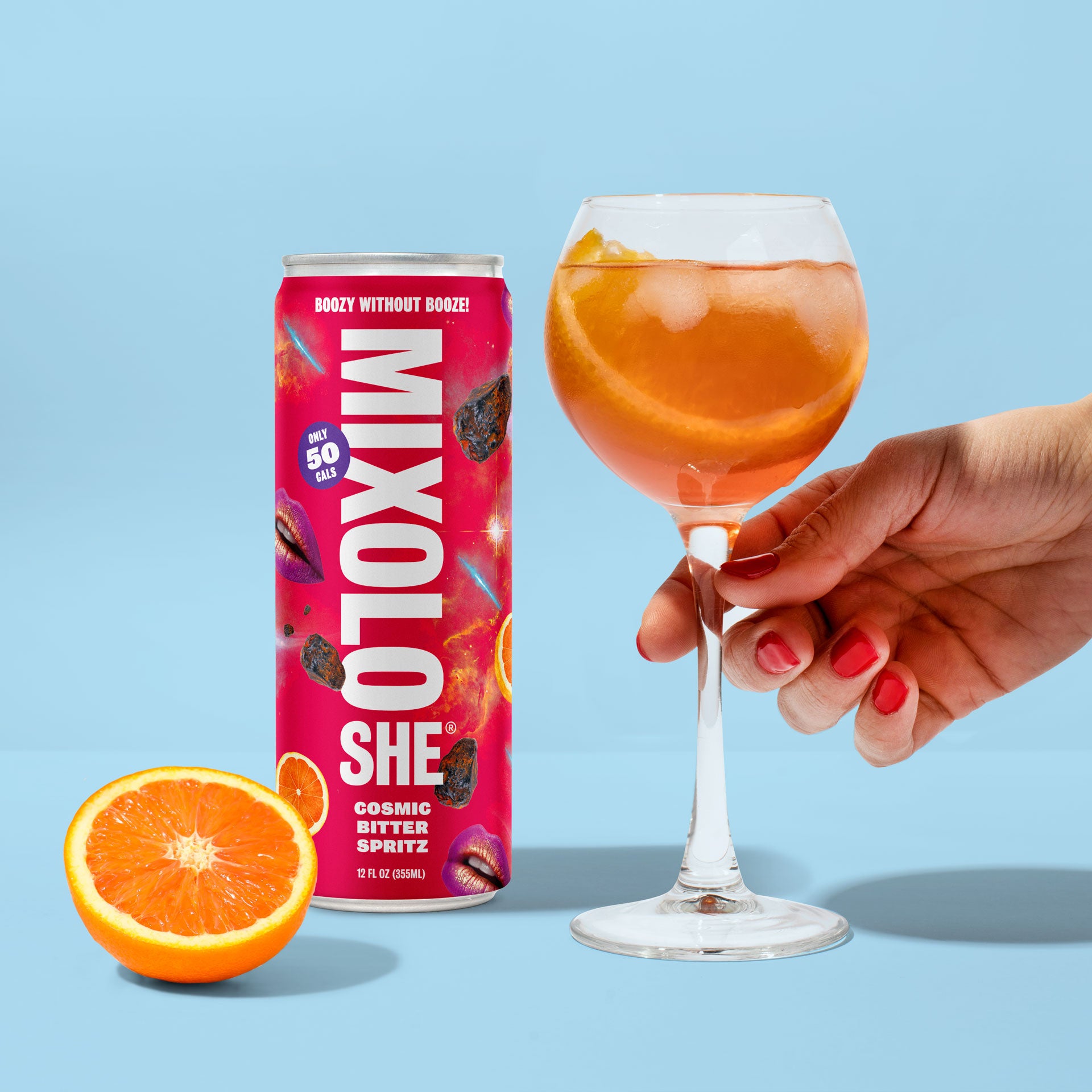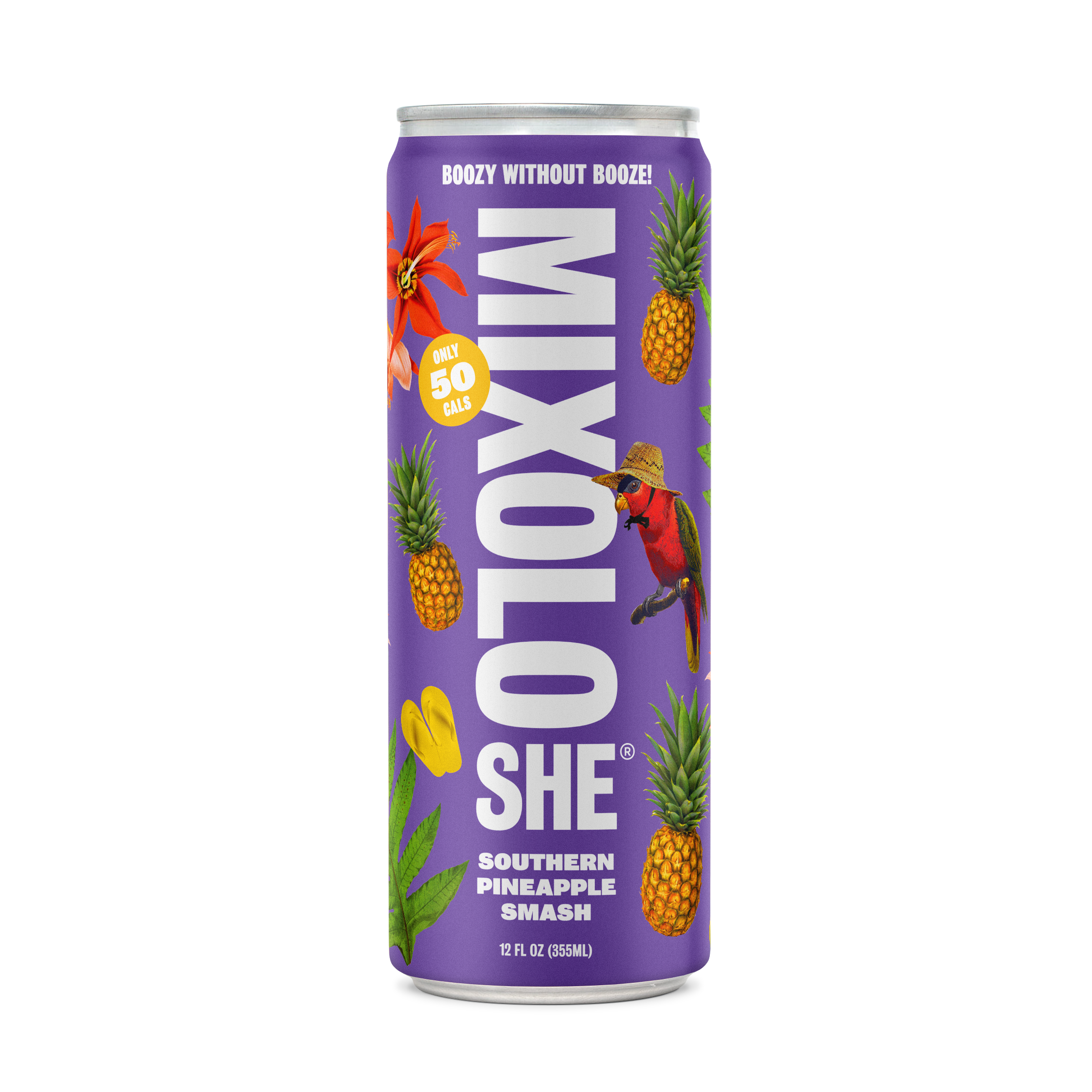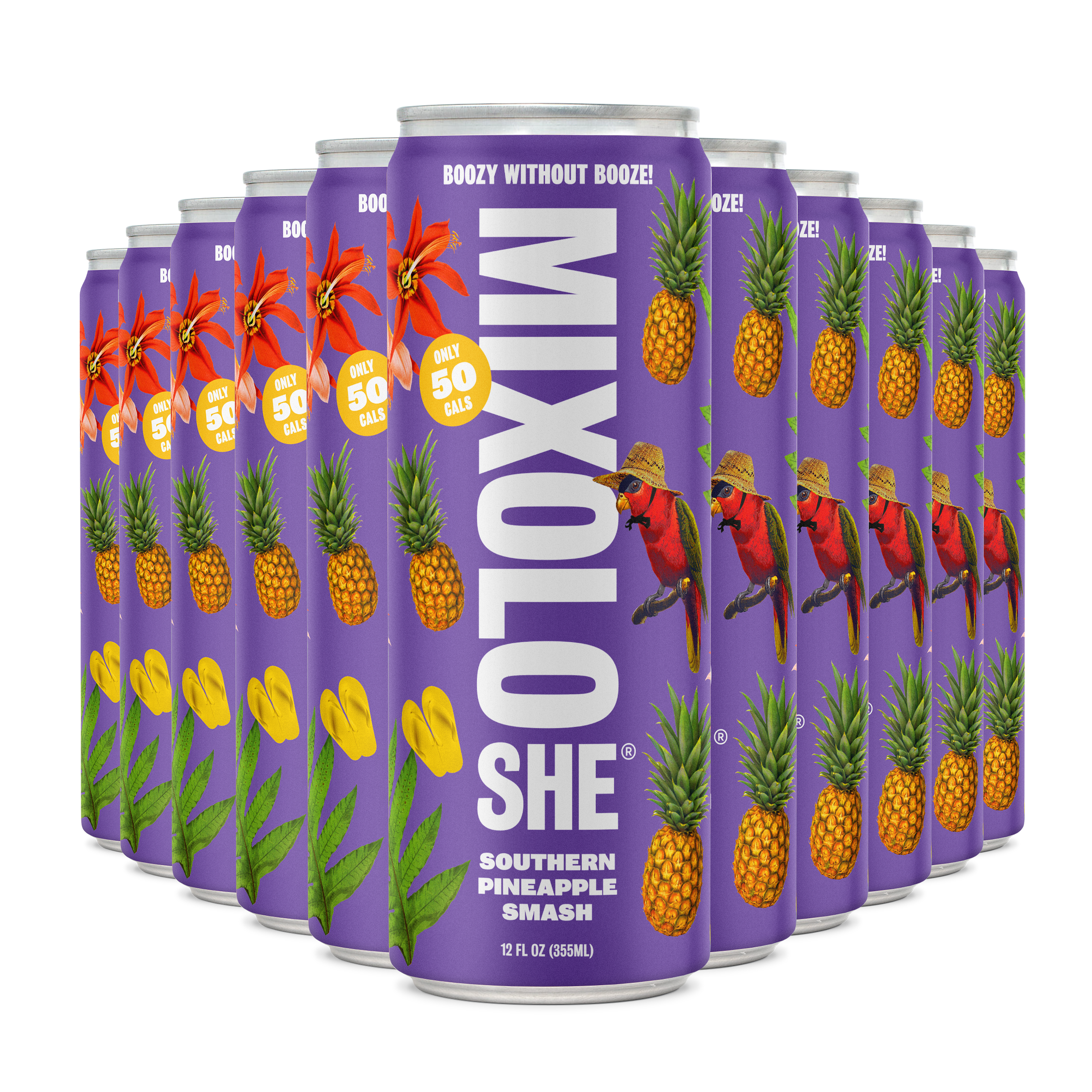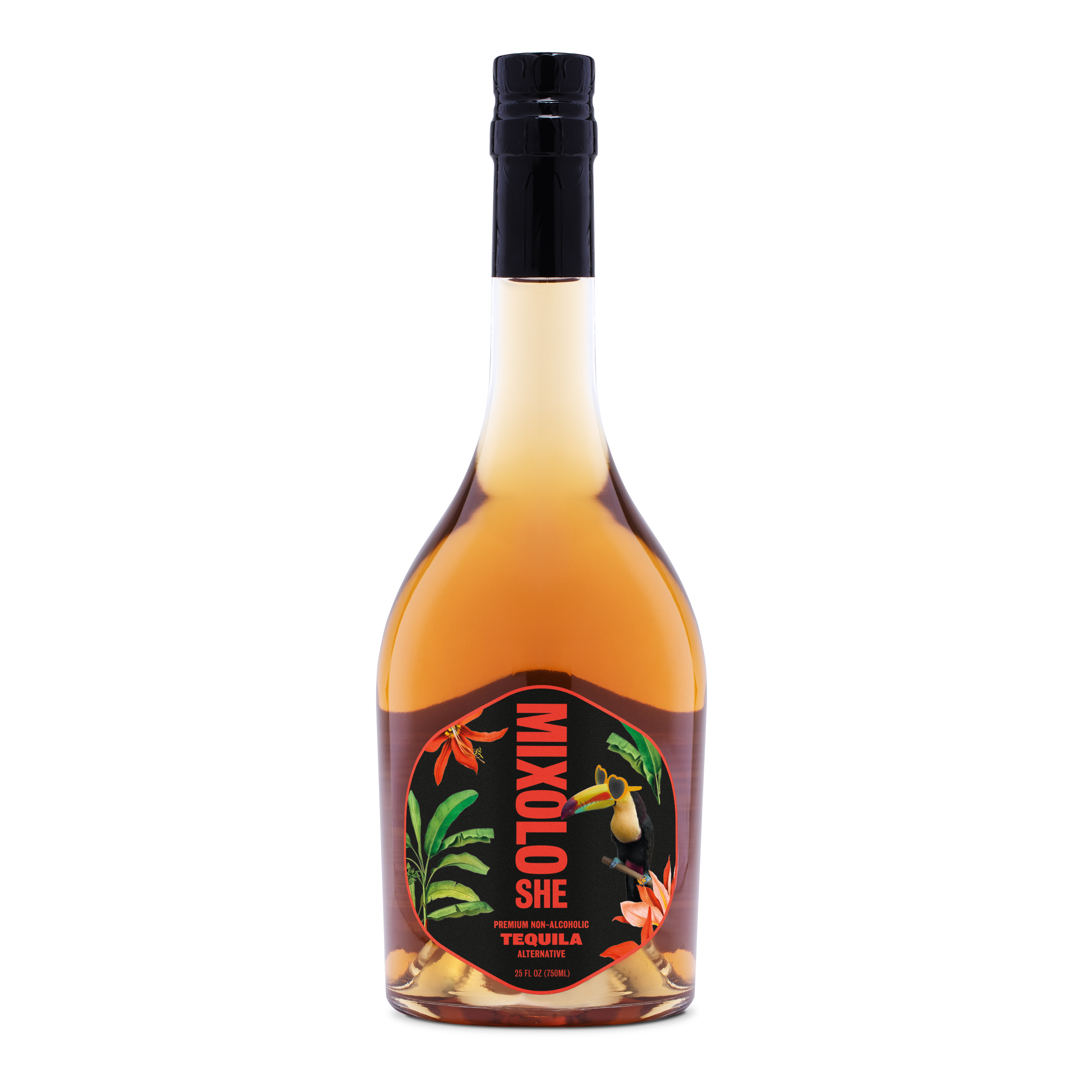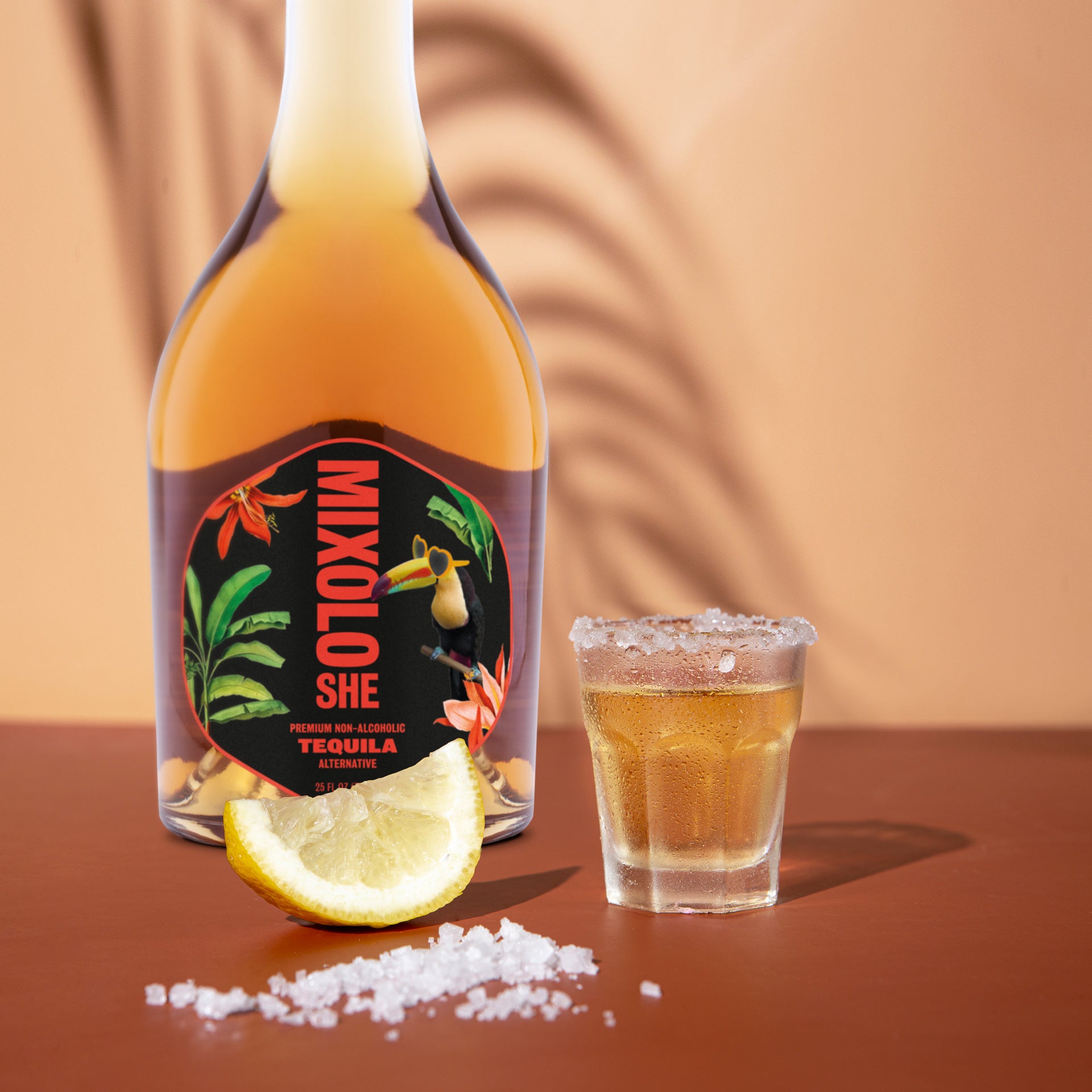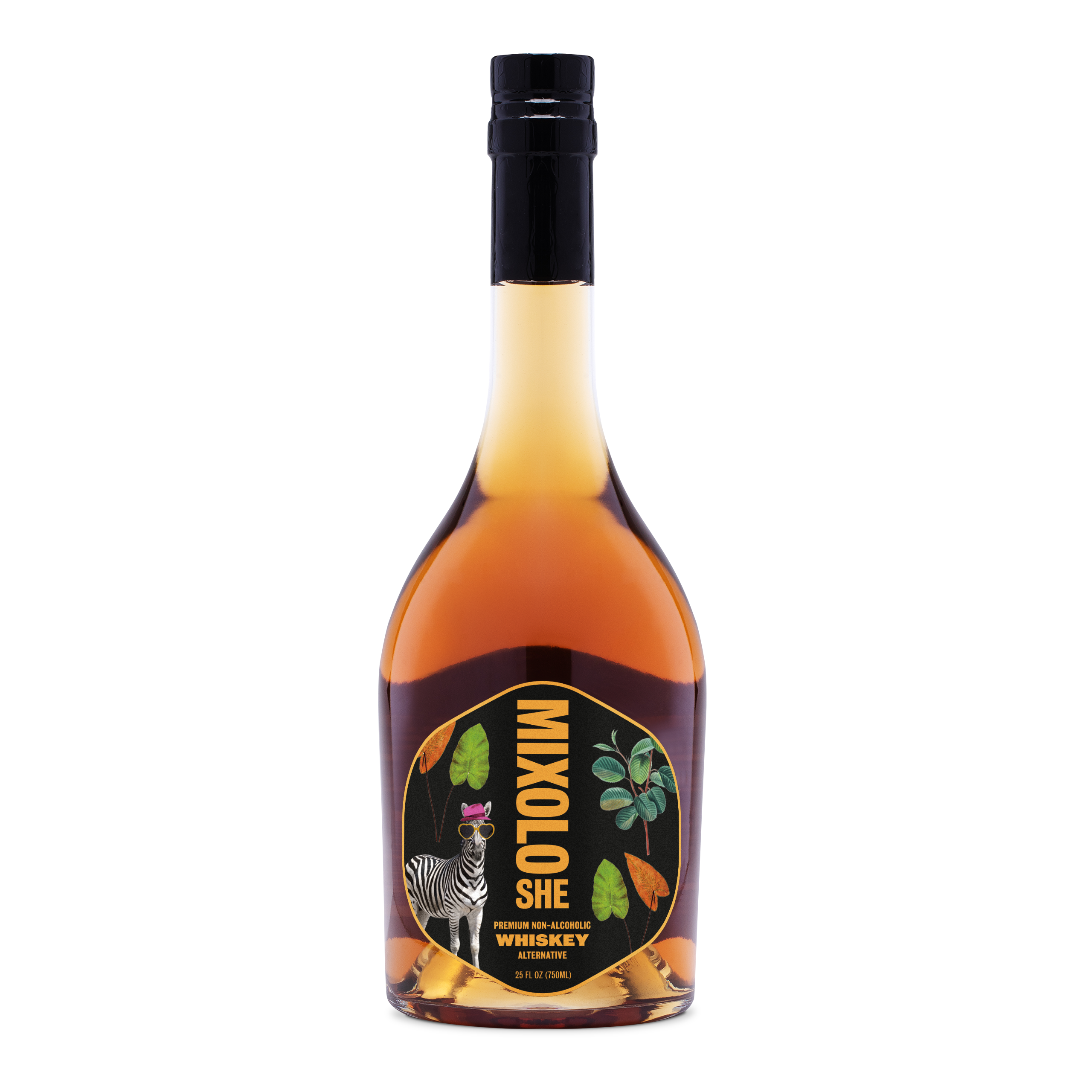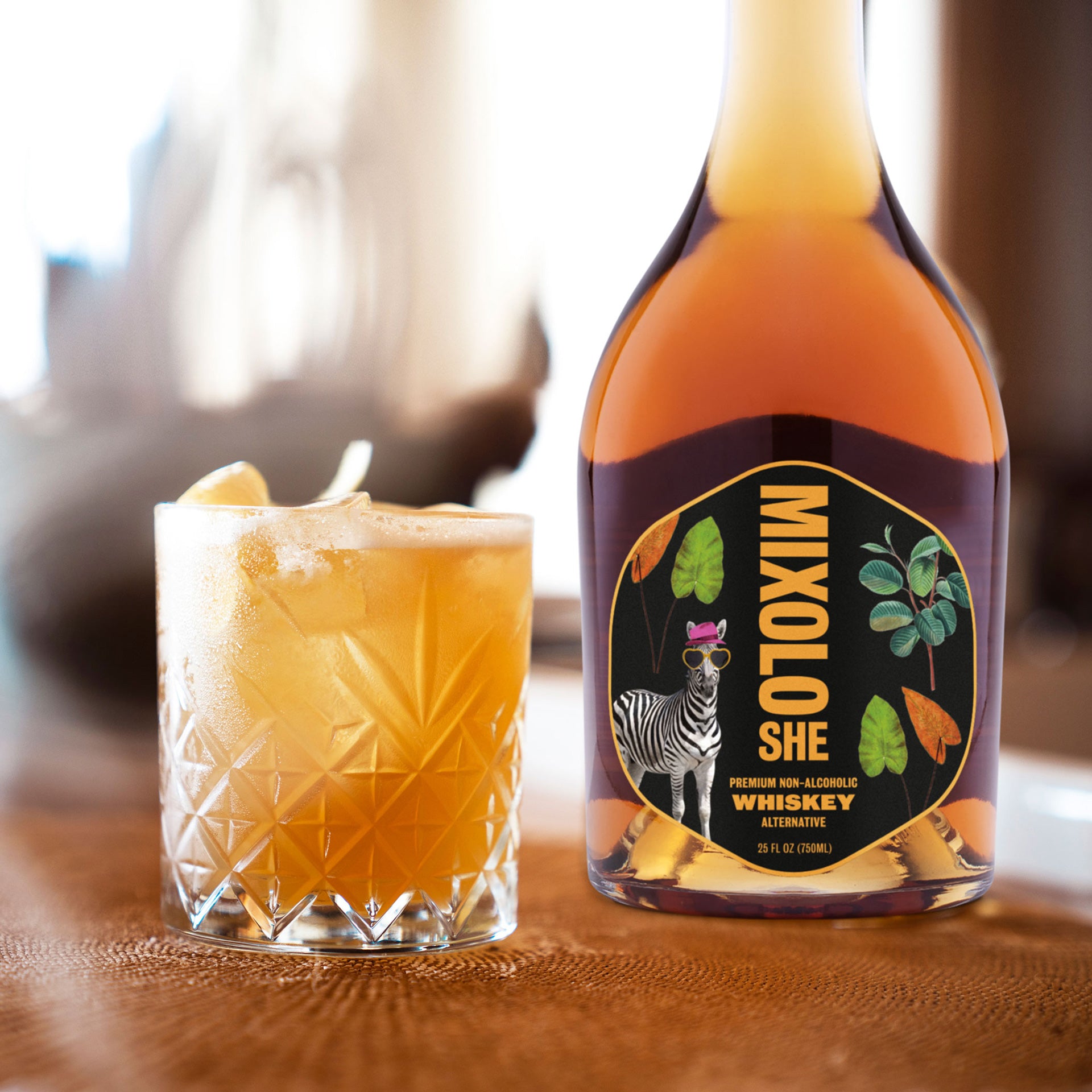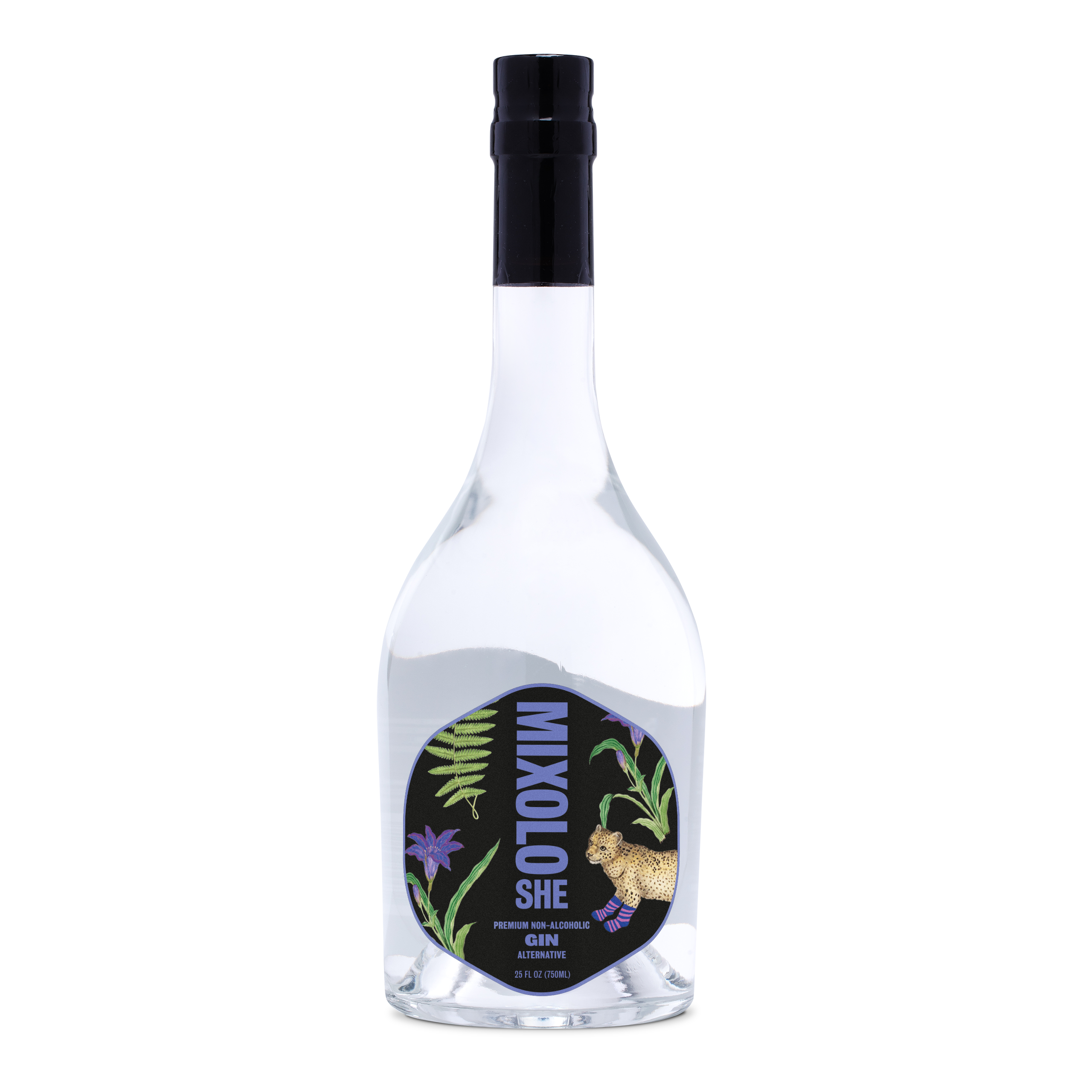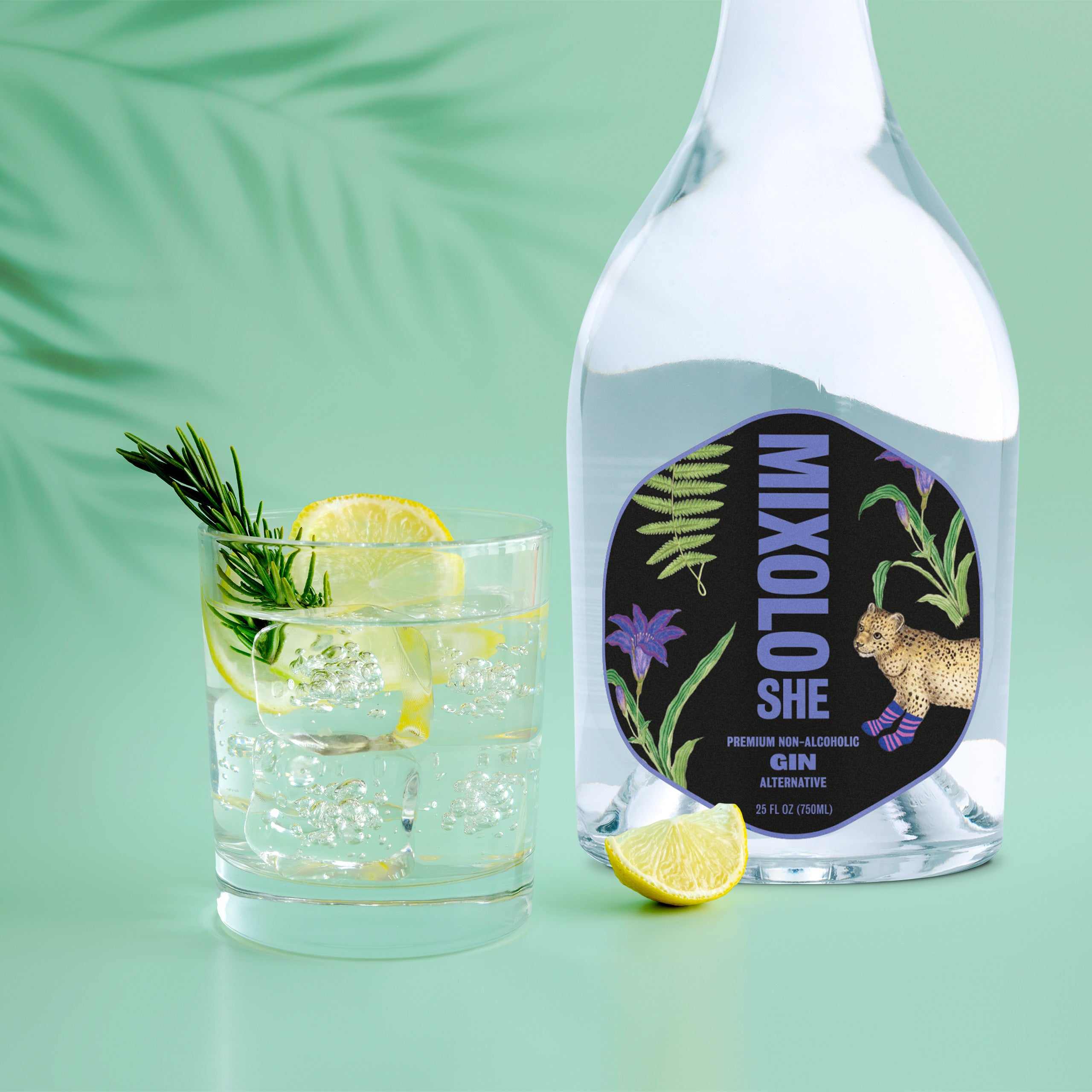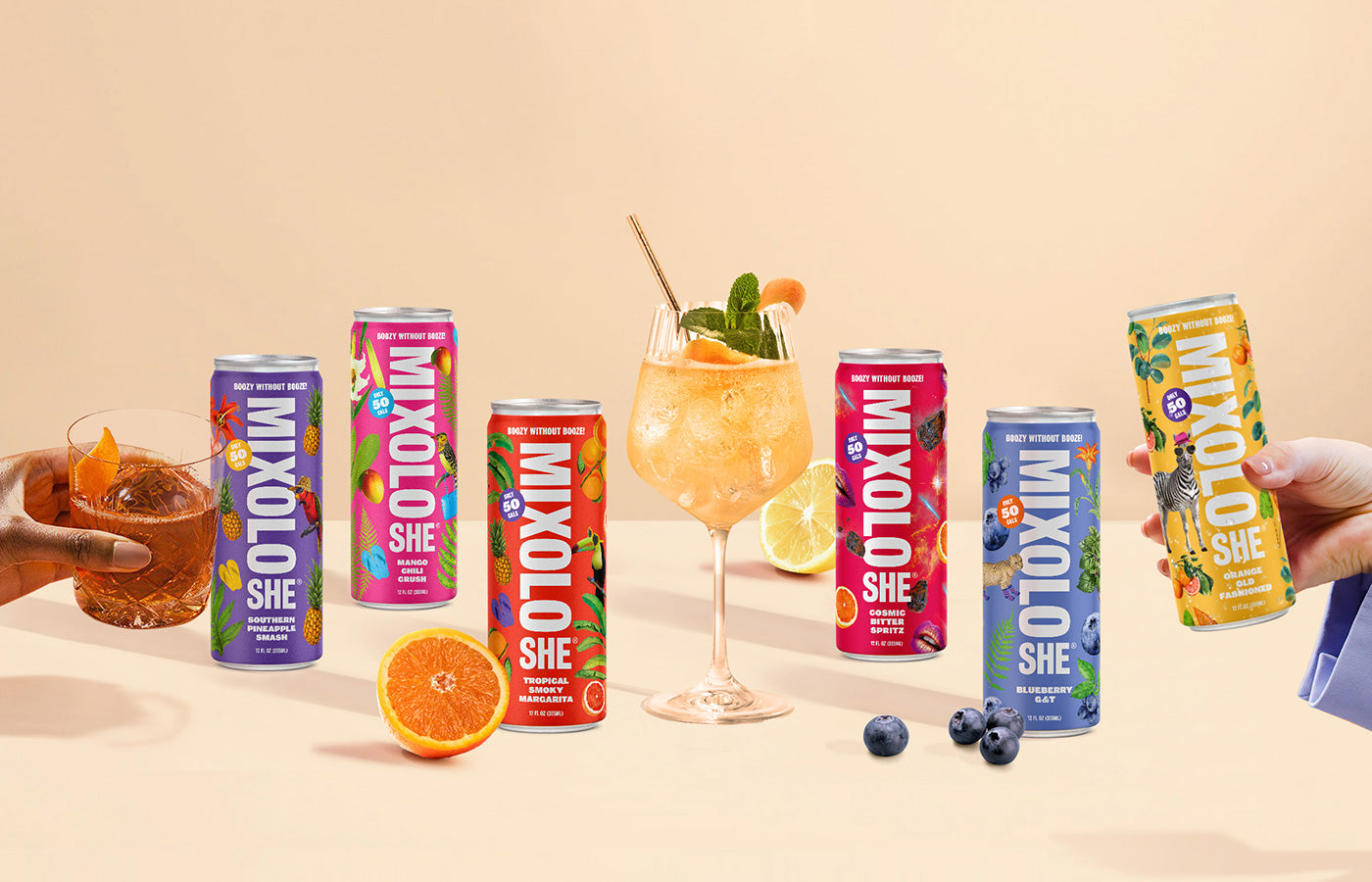Exploring the Presence of Alcohol Traces in Non-Alcoholic Drinks
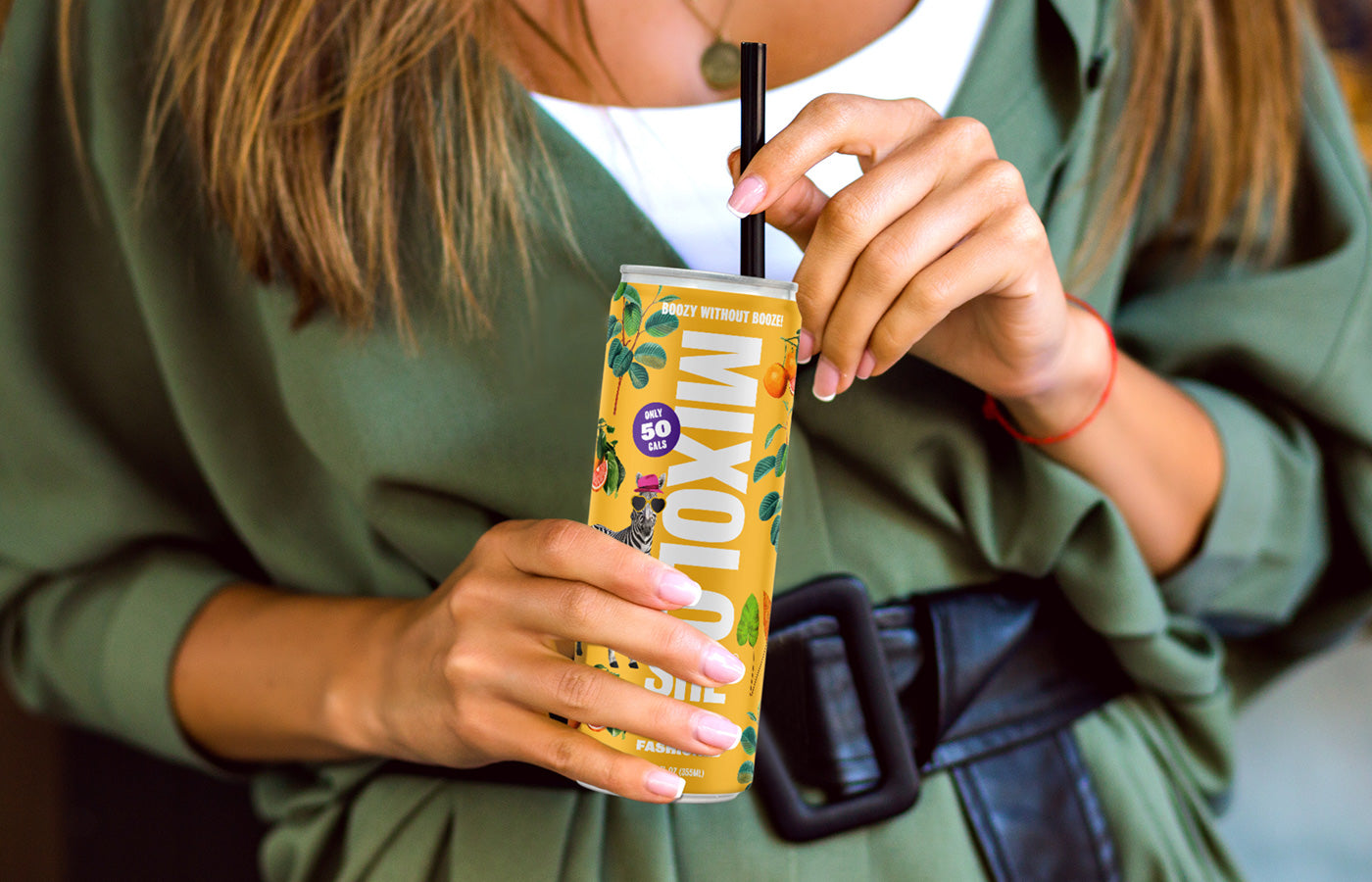
Why doesn’t 'non-alcoholic' mean 'zero alcohol'? We can feel the blank "What the …?" stares right now, but somebody had to say it. In the grand spiel of drink safety, trace alcohol levels can pop up from several nooks and crannies.
The alcohol content in non-alcoholic beer and wine mostly comes from the de-alcoholization process. Much like trying to get every last bit of toothpaste out of the tube, this technology might just not eliminate all alcohol, leaving behind a smidgen.
Natural fermentation of ingredients can also be a culprit, introducing alcohol as a natural byproduct—remember the smell of that fruit you forgot in your gym bag? And let's not forget the use of more pleasant natural aromas and extracts, like citrus and vanilla. Some of them unfold better when dissolved in very small amounts of alcohol and so bring spirits to the lab party when the exact contents of a drink get spectrography-analyzed.
All this challenges the concept of 'zero alcohol,' but don’t panic—it’s not as bad as finding a bone in your favorite vegan burger.
The Reality of Alcohol Content in Non-Alcoholic Beverages
Grasping the nuances of alcohol content in non-alcoholic drinks isn’t quite like reading the fine print before signing your soul away. The key is to understand that beverages, labeled as non-alcoholic, may legally contain up to 0.5% ABV (Alcohol By Volume). This little number is a beacon for consumers in navigating their dietary and lifestyle choices. Especially pregnant women, people with specific medical conditions, and those who have previously experienced issues with alcohol need to be aware of what this means.
How Trace Amounts Are Measured
ABV, or Alcohol By Volume, is not a new punk rock band but a crucial concept in understanding what's in your drink. ABV describes the volume of alcohol per volume of liquid, expressed as a percentage. Imagine pouring a 100ml drink. If it has 1ml of alcohol, that drink has an ABV of 1%. It's like measuring how much bath salt you need as a percentage of your total bathtub volume. This precise measurement allows drinks to be classified into various categories, including non-alcoholic, low-alcohol, and alcohol-free, ensuring you know exactly what you're toasting with.
Implications for Consumers
For the sober-curious, understanding the presence of trace alcohol in non-alcoholic drinks is akin to reading the ingredient list on a snack to check for potential allergens. With this knowledge, you can choose beverages that align with your preferences and restrictions.
In the U.S., the FDA oversees clear, accurate labeling. After all, knowledge is power, especially when deciding whether to raise a glass of non-alcoholic bubbly at your next celebration.
Legal Standards and Labeling
The legal landscape of non-alcoholic beverages is varied, with terms like "non-alcoholic," "alcohol-free," and "zero-proof" sometimes leaving consumers in the fog. In the U.S., the view is clear: "non-alcoholic" drinks can swagger around with up to 0.5% ABV in their composition, while "alcohol-free" means the drink has no detectable alcohol at all.
Marketing terms such as "zero-proof" or “0.0%” are the wild cards of the bunch, but the actual nutritional labels on those drinks should not leave any space for interpretation.
Ultimately, each country makes its own rules. Take Mixoloshe’s delicious non-alcoholic cocktails as an example: in Australia, our drinks would be sold as “zero alcohol,” while in the European Union, they can legally be called “alcohol-free”.
Understanding these classifications is key to always stepping confidently through the non-alcoholic beverage aisle with enlightened enthusiasm.
FAQ
- Q: Can non-alcoholic drinks contain traces of alcohol?
- A: Yes, some non-alcoholic drinks may contain minimal traces of alcohol, typically less than 0.5% ABV.
- Q: How can I ensure a non-alcoholic drink is completely alcohol-free?
- A: Look for drinks labeled "alcohol-free" rather than "non-alcoholic," as the former are more likely to have no detectable alcohol.
- Q: Are there regulations governing the alcohol content in non-alcoholic drinks?
- A: Yes, regulations vary by country, but generally, non-alcoholic beverages must have an alcohol content below a certain threshold, usually 0.5% ABV.
